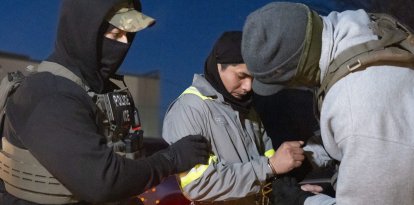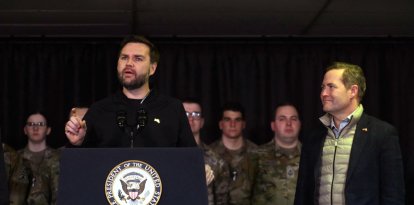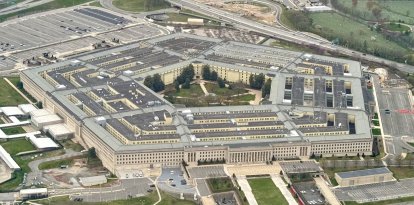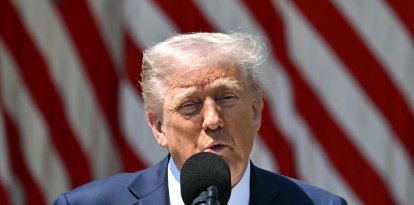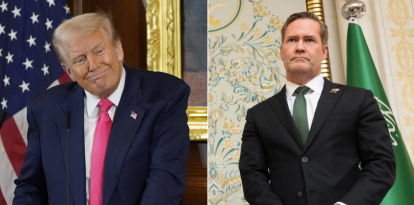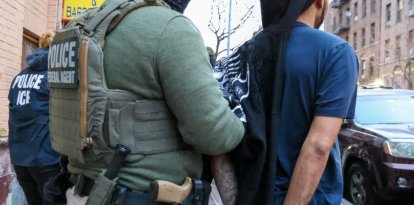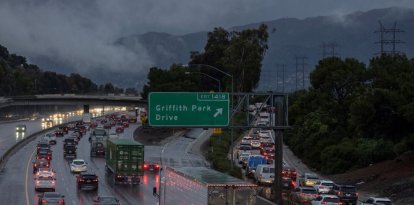Reagan vs. Carter: Then, too, were the polls indicating a tight race...
In 1980, the polls predicted a close election between the two candidates. However, the result was quite different: the Republican dominated. The situation is reminiscent of this election.

Jimmy Carter and Ronald Reagan in 1980
After 80 days in the shadow of his rival, Donald Trump managed to flip the polls and position himself ahead of Kamala Harris. However, the distance between the two has always been minimal. The situation is reminiscent of that experienced 44 years ago, when the Republican Ronald Reagan challenged the Democratic incumbent, Jimmy Carter, at the polls.
Before that election was held in 1980, the polls were close. However, the forecasts failed and, in the vote, Reagan ended up dominating, winning the popular vote by a 10-point margin and obtaining 489 electoral votes to just 49 for the Democrat.
Political analyst Craig Keshishian, who once worked for Reagan as a project manager on the then-Republican candidate's polling team, said the duel between Trump and Harris reminds him of the Reagan-Carter showdown.
"In the final week of this 'dead heat' presidential election, I am reminded of Ronald Reagan's landslide 1980 victory. Then as now, President Jimmy Carter was polling neck-and-neck with his Republican challenger," Keshishian said in an article in the Daily Mail. "A Gallup poll showed Carter up one percentage point nationally in late October. Only four days before the vote, a CBS News/New York Times survey showed the race to be just as close."
The day after the election came, and the outcome was totally different than predicted. "Then the Carter campaign bottomed out and Reagan won by nearly 10 points in the popular vote and by a staggering 489 to 49 in the Electoral College," the analyst stressed.
The 'silent majority' could be decisive
So what happened that caused such a different result in the 1980 election from the one that was indicated before citizens went to the polls? The answer is the hidden vote. Or "the "silent majority," as Keshishian said that crowd came to be known.
The former Reagan advisor nodded that, after doing a post-election survey, they came up with thousands of citizens who resided in rural areas whose voting intentions were not usually taken into account because they were harder to reach. But they ended up being decisive in 1980.
Moreover, Keshishian said that that "silent majority" was made up of many people who had no marked ideological position or who were "culturally conservative Democrats or independents fed up with runaway inflation, closed factories, failed foreign policy and rising crime."
Circumstances virtually similar to those of today
This last statement by Keshishian regarding what was decisive in the 1980 election is a mirror of what citizens are experiencing today. The next president will inherit from the Biden-Harris administration, from a Democratic government, economic and social conditions that will require urgent attention and immediate repair. Hence, the advisor was reminded of 1980.
One of those aspects that was decisive in the Carter-Reagan race was inflation. When Carter took office, average annual inflation stood at around 8%. When his term ended, it rose to 9.9%. Reagan came to the White House and it dropped to 4.6%.
With Joe Biden as president and Harris as vice president, inflation averaged 5.2% annually. The previous four years, with Trump at the helm, the average was 1.9%.
During the Biden-Harris administration, the country saw exorbitant crime rates that have not only affected urban areas, but also rural ones. One example is how the Venezuelan gang Tren de Aragua, made up of criminals who have come to the United States illegally, is damaging small communities.
RECOMMENDATION
